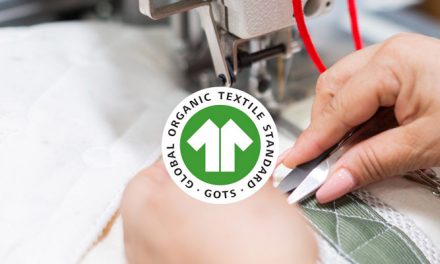 In a major relief to textile units in Maharashtra, the State Government has started disbursing power subsidy of up to rs. 3.77 per unit to powerlooms, spinning mills, and garment units in the State. Textile units, mostly small and medium, are struggling to raise working capital owing to weak balance sheets. Many of them had shut down part of their operating capacity due to weak demand from domestic markets and sharp fall in exports. Energy accounts for nearly half the production cost in the textile value chain. While spinning mills across India are struggling to pass on the elevated cotton prices to consumers, textile manufacturers are facing falling exports. The ongoing economic slowdown in the country has lowered the domestic demand of fabric and readymade garments, resulting in a continuous squeeze in profit margins.
In a major relief to textile units in Maharashtra, the State Government has started disbursing power subsidy of up to rs. 3.77 per unit to powerlooms, spinning mills, and garment units in the State. Textile units, mostly small and medium, are struggling to raise working capital owing to weak balance sheets. Many of them had shut down part of their operating capacity due to weak demand from domestic markets and sharp fall in exports. Energy accounts for nearly half the production cost in the textile value chain. While spinning mills across India are struggling to pass on the elevated cotton prices to consumers, textile manufacturers are facing falling exports. The ongoing economic slowdown in the country has lowered the domestic demand of fabric and readymade garments, resulting in a continuous squeeze in profit margins.
“We have started releasing up to rs. 3.77 per unit of power subsidy to powerlooms and also to other units in the textile value chain as announced by the government. The release of funds would certainly benefit textile and garment units in the state,” said Madhvi Khode Chaware, Commissioner of Textiles, Government of Maharashtra, on the sidelines of a garment and fabric manufacturers’ fair.
“Solapur in Maharashtra has emerged as the world’s only uniform hub. But, manufacturing units in this hub need to focus on exports,” said Ajit Chavan, Additional Commissioner, Textiles Ministry and Government of India.
Meanwhile, an ICRA study said spinners were likely to register revenue de-growth of ar¬ound 6 percent, with both volumes and realisations having come under pressure in the first half of FY20 due to weak export demand amid increasing competition from other producing countries and sluggishness in domestic consumption levels.
Higher domestic raw material cost, with Indian cotton prices trading at a premium to international cotton, also contributed to the loss of export competitiveness. Buoyed by the improvement in exports witnessed since October 2019, the industry is hoping for a gradual recovery in cotton yarn exports over the coming quarters, aided by the softening of domestic cotton prices.
Domestic spinners expect performance in FY20 will be affected by tepid volumes and weak earnings in the first half of the financial year. According to the findings of a recent ICRA survey on the domestic cotton spinning industry, this is the likely scenario even though the industry is recovering from the slowdown.










